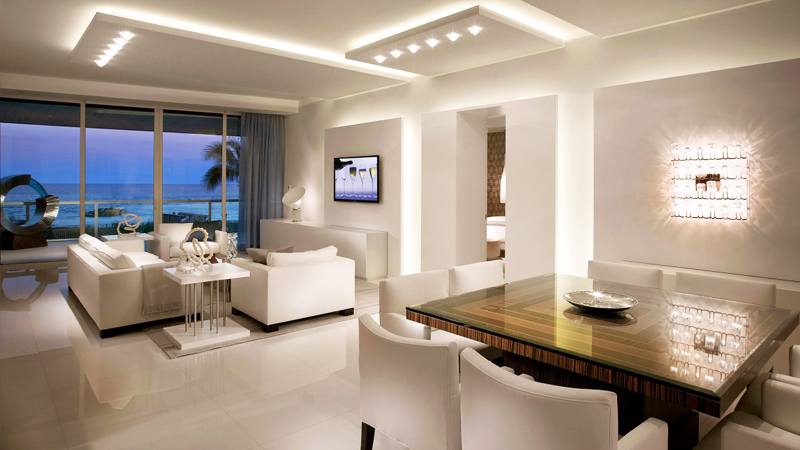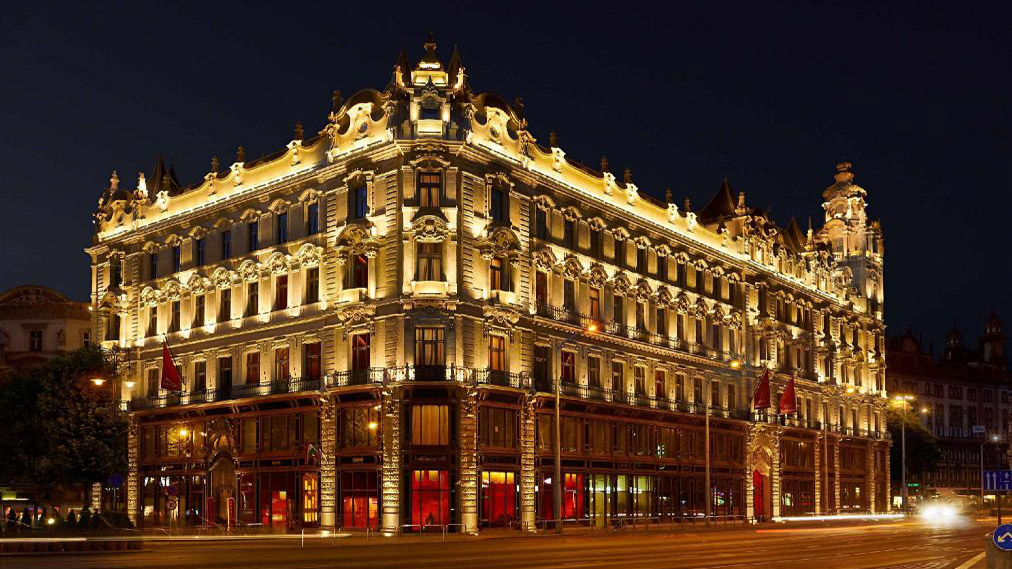Warm White or Cool White?
Light bulbs are generally rated in two different classes, warm white and cool white. Generally, warm white indicates 2700-3000K color temperature range, while cool white represents 6000K-6500K color temperature. Which one should we choose for our houses?

Light bulbs are generally rated in two different classes, warm white and cool white. Generally, warm white indicates 2700-3000K color temperature range, while cool white represents 6000K-6500K color temperature. Which one should we choose for our houses?
Warm white light bulbs are recommended to use in the living room, dining room, bedroom and other rooms of the house. Because warm white contains less blue light, so it has more relaxing effect on the eyes. It is a widely known fact that cool colors cause sleeping problems. For this reason, in the house, exposure to cool white light at night may prolong sleep time, and also, decline sleep quality.
Cool white is recommended in trading area such as offices, garages, studios and industrial plants.
In fact, for the consumer, light color preference is usually shaped according to the habits. In other words, those who get used to cool white, they prefer cool white when buying a new light bulb for the house.
Some people say cool white LED bulbs are brighter and it provides more lighting. It’s not a wrong idea. Because cool white in the LED is caused by the blue LED chip which is coated with a yellow phosphor. When the phosphor coating is made darker, yellowish white light is produced instead of cool white. In this case, less light can be pushed out of the LED. This explains why cool white LEDs have more luminous flux than warm white LEDs.
As we mentioned before, good lighting does not mean more lights. Therefore, you should make a choice according to your needs.







Thank you very much for sharing the original article w/o adding any, probably subjective, comments.
I don’t know why there’s no comments under any articles published herein, or whether I don’t see any because of website design, but I’d like you to enrich the documents by adding more numeric expressions and formulae for enthusiasts and maybe for technically educated readers as well.